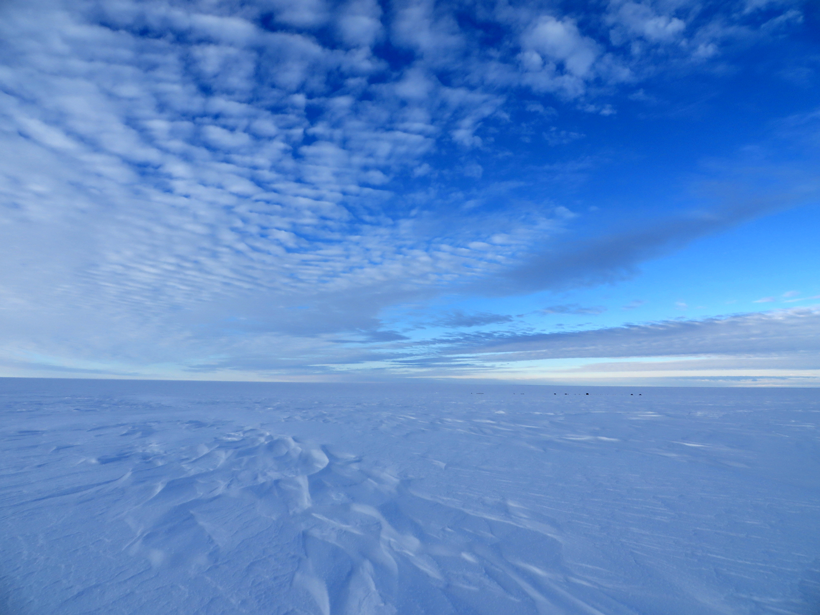Source: Geophysical Research Letters
Glaciers are dynamic systems that continuously respond to variations in precipitation, temperature, and other factors. Because the glaciers in West Antarctica’s Amundsen Sea Embayment have been identified as potentially major contributors to global sea level rise, it is crucial to analyze how they have changed over an extended period of time.
To accomplish this, Konrad et al. created an uninterrupted record of satellite altimetry by stitching together measurements from five missions—European Remote Sensing missions 1 and 2 (ERS-1 and ERS-2); Envisat; CryoSat-2; and the Ice, Cloud, and Land Elevation Satellite (ICESat)—spanning from 1992 to 2015. The resulting 24-year time series confirmed that the region’s glaciers have thinned extensively during this period. It also allowed the team to perform a detailed assessment of the onset and spread of these changes above the grounding lines—the locations where glaciers that terminate in the ocean start to float—of the Pine Island, Thwaites, and smaller Pope, Smith, and Kohler glaciers over time.
The results show that the spread of glacial thinning has not been uniform across the embayment. The thinning has spread upstream along the center of the Thwaites Glacier and the Pine Island Glacier’s southeastern tributaries twice as quickly (13–15 kilometers per year) as elsewhere in the region. Thinning of the Pine Island Glacier has occurred across a steadily growing region throughout the 24-year record, spreading from near the grounding line to the main trunk where the tributaries coalesce and then farther into the interior.
The current thinning episode started in about 1990 in the Pine Island Glacier and around 1980 in the Pope-Smith-Kohler Basin and comparatively late on Thwaites, around 2004. Such dynamics can be seen in the movie below. An earlier episode of thinning, which ended before 2000, had occurred on Thwaites.
The new data will likely be useful for calibrating and testing modeling simulations of the embayment’s glaciers. In addition, the uneven pace of the results raises the possibility that the spread of thinning could decelerate or possibly even cease in some regions. The authors note that this regional variation has not been fully explored in current models. (Geophysical Research Letters, doi:10.1002/2016GL070733, 2016)
—Terri Cook, Freelance Writer
Citation:
Cook, T. (2017), A comparison of surface thinning in West Antarctic glaciers, Eos, 98, https://doi.org/10.1029/2017EO066407. Published on 24 January 2017.
Text © 2017. The authors. CC BY-NC-ND 3.0
Except where otherwise noted, images are subject to copyright. Any reuse without express permission from the copyright owner is prohibited.

